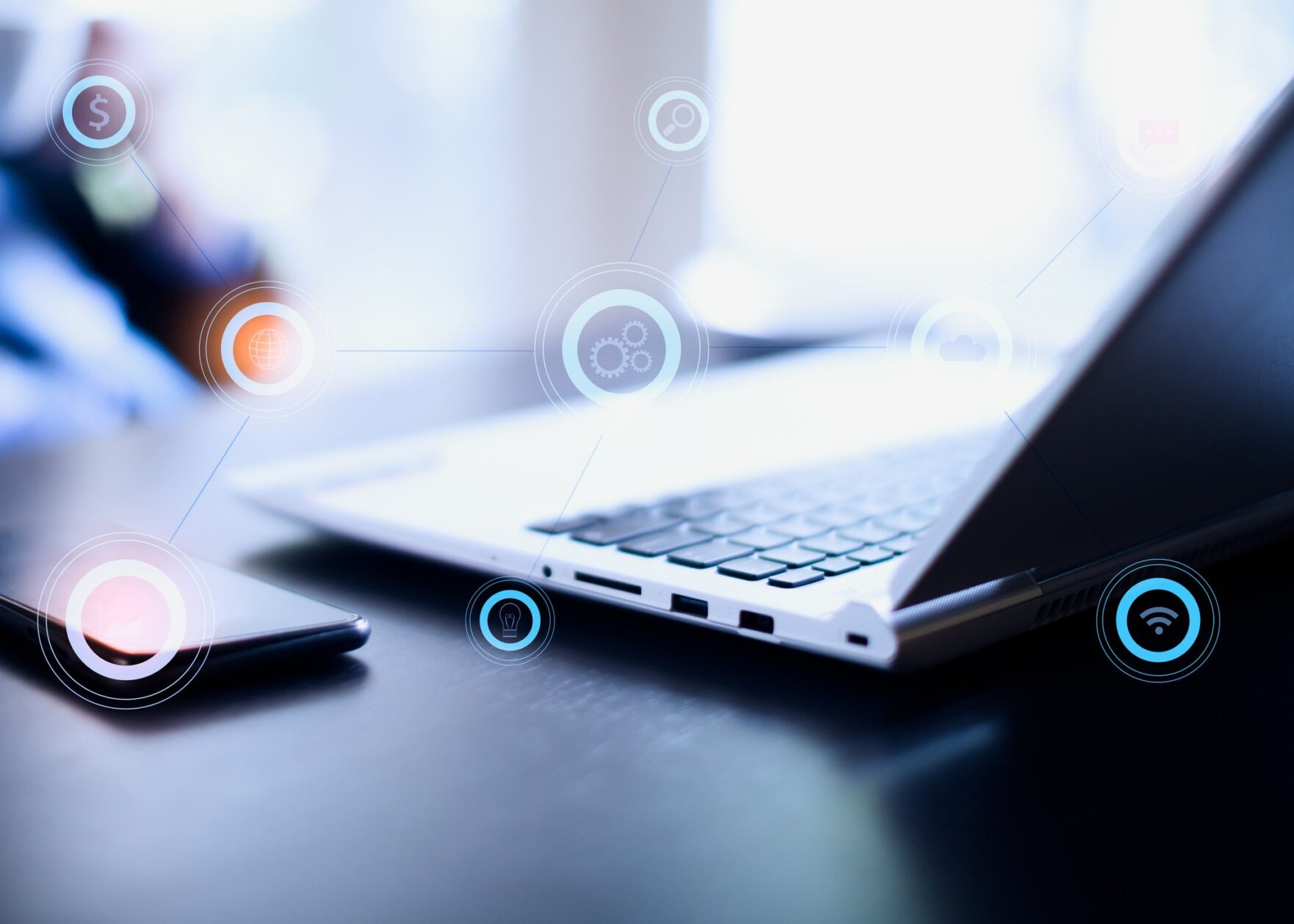 I recently had the opportunity to spend some time in the Verizon 5G lab in Waltham MA. Verizon was hosting an analyst day to demonstrate how Verizon is going to use 5G to enable enterprises to deliver new capabilities and services or deliver differentiated experiences to customers.
I recently had the opportunity to spend some time in the Verizon 5G lab in Waltham MA. Verizon was hosting an analyst day to demonstrate how Verizon is going to use 5G to enable enterprises to deliver new capabilities and services or deliver differentiated experiences to customers.
The day got started with a presentation from Toby Redshaw, SVP of 5G and Innovation. Toby started the discussion by highlighting a familiar theme, that the speed of technology transitions is accelerating. He referenced the fourth industrial revolution occurring, which he noted as the “Real-time Enterprise,” but importantly noted that instead of this industrial revolution taking 50 to 60 years, this one would happen much faster, perhaps in the next five to six years. He noted the need for enterprises to operate in real time, which we have seen evidence of as organizations distribute compute to the edge. This also provides a solid entry point for a high bandwidth, ultra-low latency solution like 5G.
He also discussed the advances Verizon has made in 5G, with things like the ability to use 5G to connect to drones and high-speed trains traveling at speeds of up to 300 mph, the low energy antennas, and a streamlined protocol that helps to preserve battery life in IoT devices. He also talked about the ability to deliver last-mile connectivity with high bandwidth 5G links using a focused 6 inch beam to connect buildings across a two to three thousand foot span, eliminating the need to dig up the ground or, in the north, at least providing the ability to wait until the ground has thawed to lay fiber. In an era when time to market and agility are important, being able to connect a new site rapidly is advantageous.
Verizon is rapidly deploying 5G in cities across the country, with 13 cities already lit up, and is planning to have 30 or more by the end of the year. In addition, they currently support multiple 5G-enabled devices from Samsung, LG, Motorola, and Inseego. Verizon also announced a deal with the NFL to deploy 5G in key areas of 13 NFL stadiums to help enhance game day experiences.
As with any new technology integration, the question on everyone’s mind is “What is the big application for 5G?” Looking back, it is easy to declare that for 4G it was video. Toby outlined how emerging 5G platforms (a combination of 4G foundation, additional Fiber & Spectrum, 5G radios and core, Platforms, and Solutions) can be disruptive, and highlighted three main use cases that 5G will enable:
- Intelligent video analytics (3D identification of objects)
- AI/ML (for operations and quality control)
- Immersive creation and consumption (think AR/VR)
From what I have heard, most in the industry are betting on the last to be the biggest, basically what is referred to as extended reality (XR, which combines AR and VR). That said, the other two could also play a significant role in both businesses and governments.
This day wasn’t about PowerPoint presentations, though, it was about seeing live demos of this technology in action. The first highlighted the power of 5G-enabled phones for the business, demonstrating how a Samsung device can replace a laptop (leveraging a docking station with external monitor, mouse, and keyboard) and also be used to set up a video conference room via embedded software (with a 122-degree camera attachment) at a fraction of the cost of a modern video meeting room. The demo included a switchover from 4G to 5G to demonstrate the superior quality of the video conference in 5G. The goal is to demonstrate how organizations can more efficiently and cost-effectively increase collaboration and productivity with a single 5G-enabled device.
The next demonstration involved Augmented Reality to provide a differentiated experience in a retail setting. By simply aiming the 5G-enabled phone at products on the shelf, using a loyalty app, a user would be able to determine if there were any products containing gluten, dairy, nuts, or sugar, depending on what you are looking to avoid due to allergies or health concerns. With retail outlets competing against on-line stores, providing a differentiated in-store experience to save time (and possibly avoid an allergic reaction) should be a welcome change. Technology like this would also enable shoppers to track what is in their cart and keep a running total –- just like online — as well as track purchases.
After that, we witnessed a demo by Blueforce Development, specializing in helping military and first responders have real-time insights into active and ever-changing environments. The demonstrations highlighted how 5G devices running Blueforce solutions could collect and integrate IoT sensor and camera information in real time to all connected personnel. This included synching real-time video attached to trained K9s. This is a great example of how the additional bandwidth and networking slicing will enable first responders to have the information they need to make intelligent decisions.
Lastly, we witnessed how 5G could play a role in physical security by enabling robot sentries to provide real-time access leveraging multi factor authentication. In addition, 5G-enabled wireless sentries can also be leveraged to quickly provide high quality video coverage where there are dead spots, giving security teams the ability to distinguish between a dog passing through and a graffiti artist spray-painting a wall — watch out, Banksy!
All these demos highlighted the partnerships that Verizon is building with third parties to create a well-thought-out ecosystem of solutions to run on Verizon 5G platforms. In discussing these use cases with my colleague, Christina Richmond, security services Senior Analyst, she accurately pointed out that there will also be many 5G use cases for digital security as well, especially with IoT sensors. Indeed, Verizon anticipates there will be a number of use cases that span multiple disciplines and industry verticals. So, while 5G is still very early in its rollout and adoption, and there will be learning curves for users regarding coverage (in building and out), device availability, and coordination with existing WiFi, etc., now would be a good time for enterprises to start thinking about how they could leverage this technology and what use cases might be applicable to their business. If the fourth industrial revolution is indeed running on a truncated timeline, this technology will be pervasive in the next five-six years.







